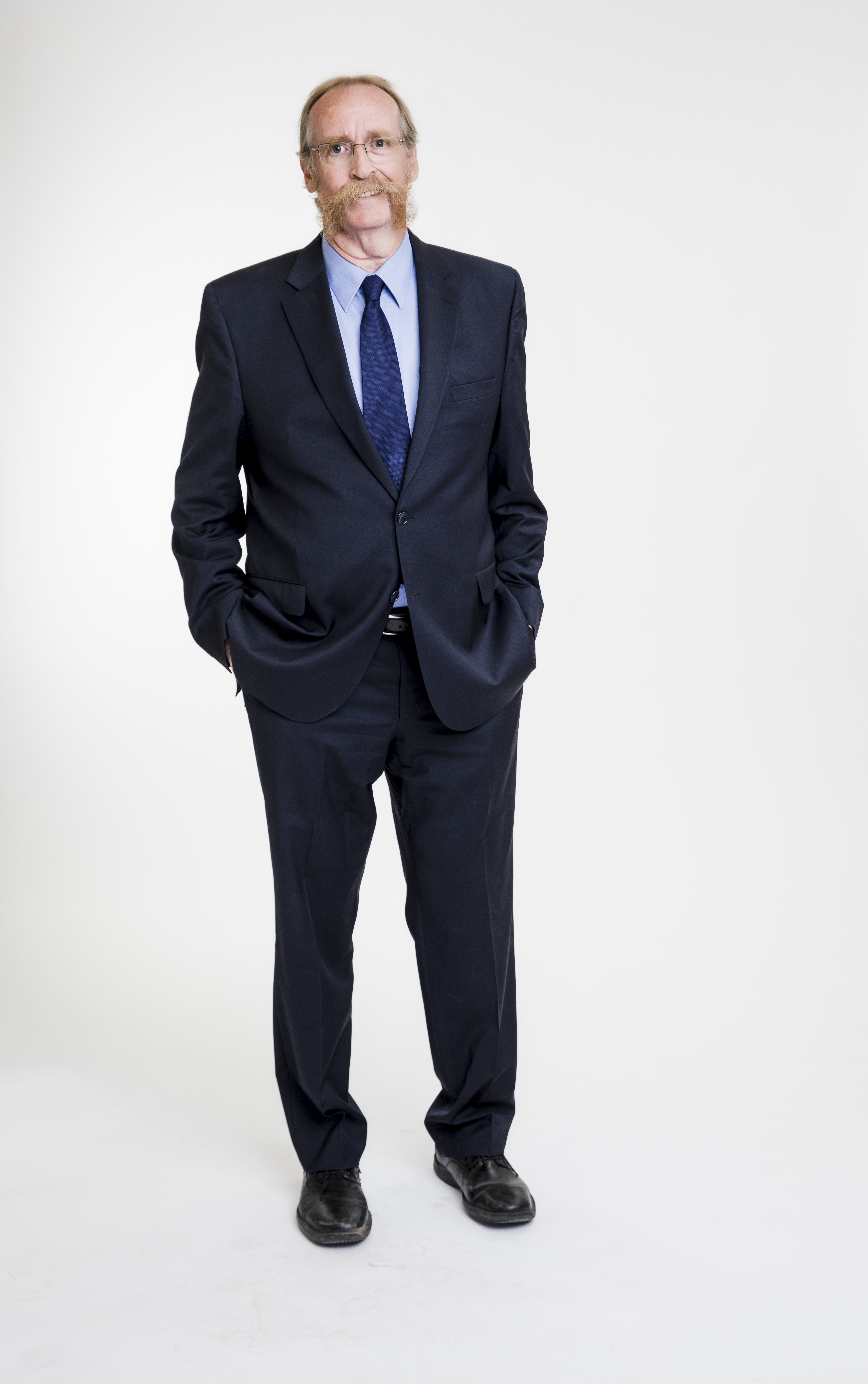
Biomedical engineering professor Robert Burrell was one of the first recipients of the new Governor General's Innovation Awards.
Before joining the University of Alberta in 2002, Robert Burrell invented Acticoat, a wound dressing that uses nanocrystalline silver to fight bacteria and inflammation in wounds. It was the world's first therapeutic use of nanotechnology and has since saved thousands of lives and limbs, transforming the treatment of burns and wounds.
Today, the biomedical engineer is leading a UAlberta team using nanotechnology to develop a handheld device that differentiates between viral and bacterial infections in minutes, promising to stop unnecessary antibiotic prescriptions, in an effort to ensure the drugs maintain their effectiveness in the wake of growing antimicrobial resistance.
Another point-of-care device in development by the nanotechnology visionary is being tailored to detect markers of thyroid cancer.
"It will allow a surgeon in an operating room to assess a tumour in 10 to 15 minutes. The analysis of the tumour can determine the type of surgery and post-surgical care the patient receives," explained Burrell.
Thanks to initial seed funding from the University Hospital Foundation, Burrell is working with co-investigator and U of A surgeon Todd McMullen to develop, test and patent the device, which could potentially be used as a platform to detect markers of many other forms of cancer.
In addition to Dr. Burrell's already impressive list of accomplishments and recognitions, he has also been elected a Fellow of the (U.S.) National Academy of Inventors, which is the highest professional distinction accorded solely to academic inventors.